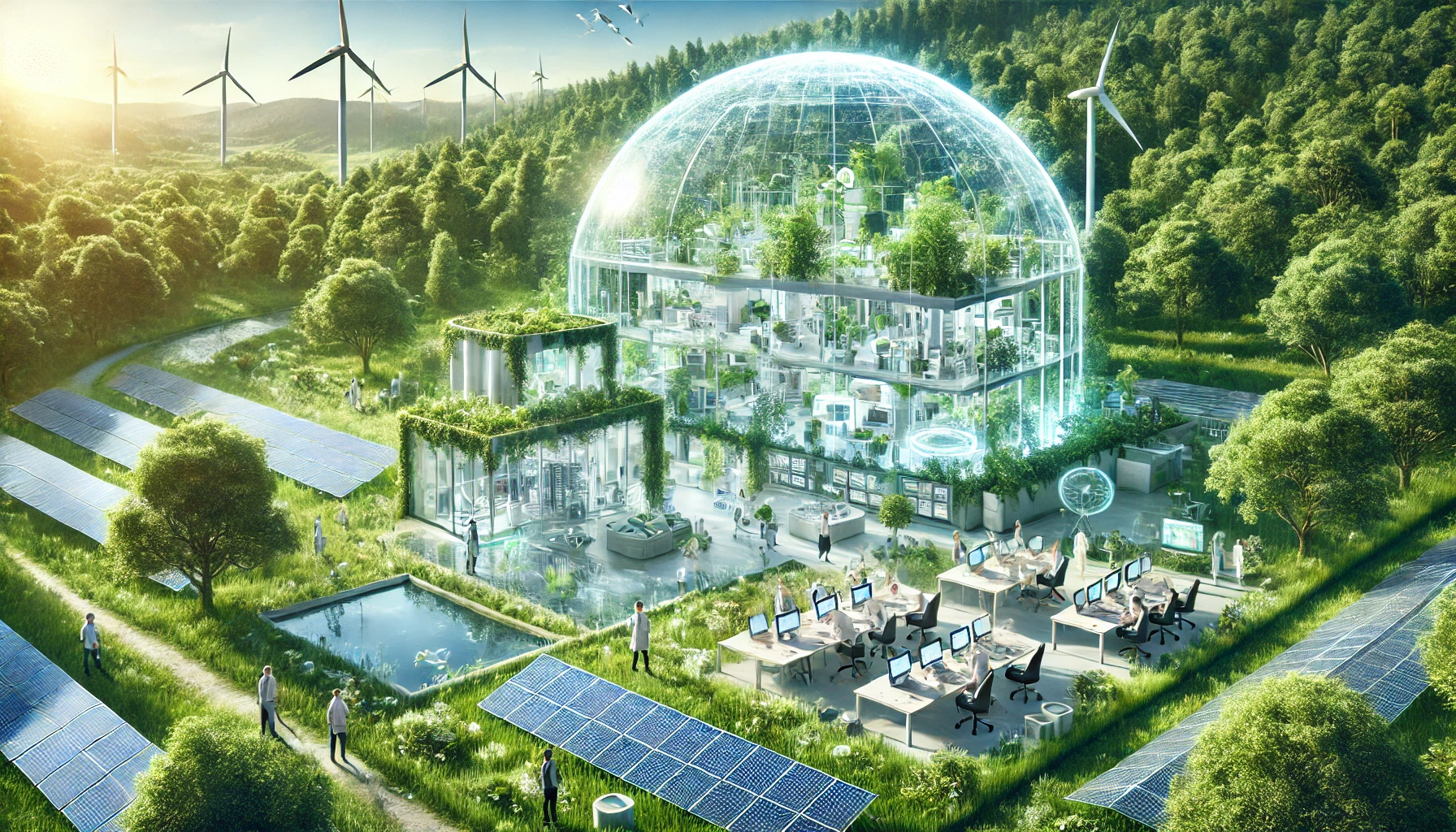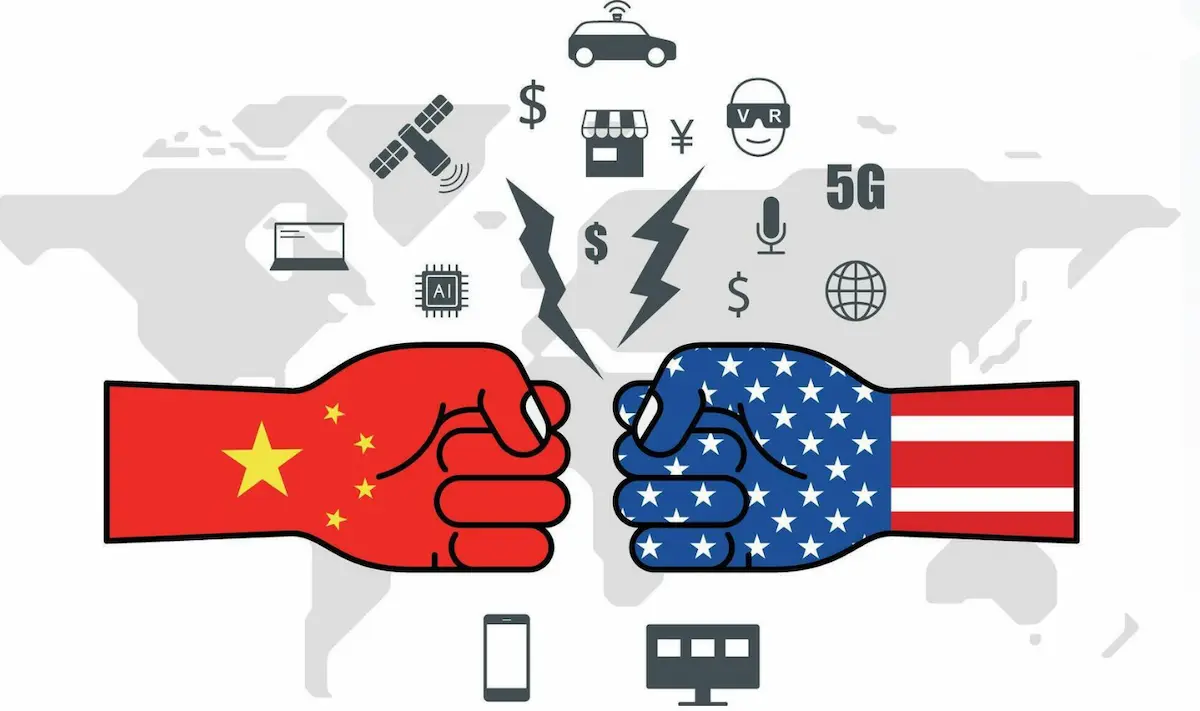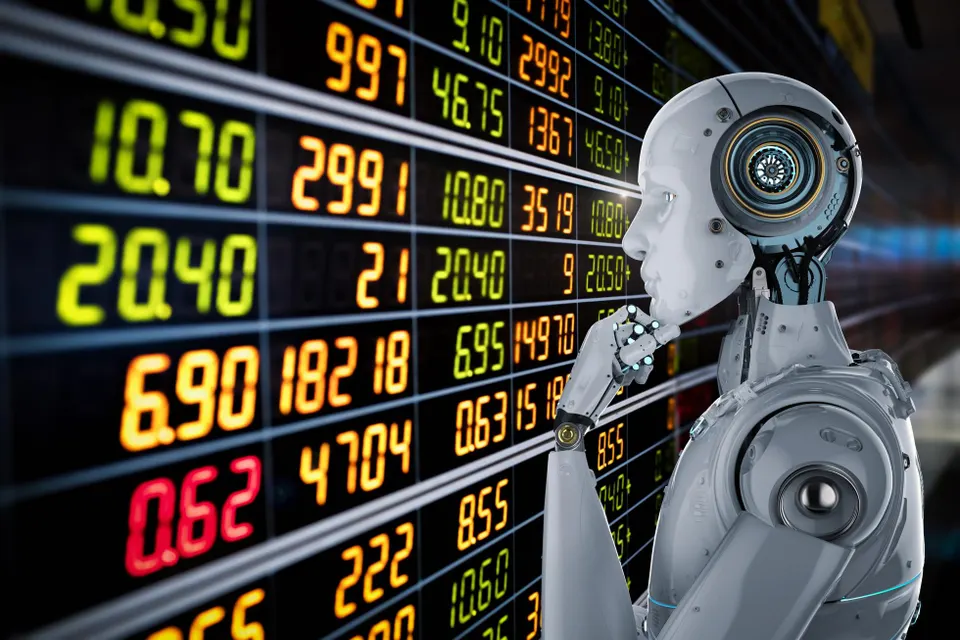Sustainability is no longer just a buzzword; it’s a business imperative. As global awareness of environmental issues grows, companies are being called upon to innovate in ways that prioritize the planet. Green product development is at the forefront of this shift, with businesses reimagining how they design, source, and produce goods to minimize environmental impact. Mattias Knutsson, a highly experienced professional in global procurement, commodity management, and strategic business development, understands the transformative power of sustainable green product innovation. His expertise highlights how businesses can align profitability with environmental stewardship, ensuring a greener future for all.
Why Sustainable Innovation Matters
The need for sustainable product development has never been greater. The manufacturing sector alone contributes to 23% of global greenhouse gas emissions, according to the International Energy Agency. As consumers, governments, and investors demand more eco-friendly practices, businesses are recognizing the opportunities in sustainability.
Benefits of Green Innovation:
- Brand Loyalty: Studies show that 81% of consumers prefer brands that align with their values, including environmental responsibility.
- Cost Savings: Sustainable practices, such as energy-efficient processes and waste reduction, can lower operational costs.
- Regulatory Compliance: Governments worldwide are introducing stricter regulations to curb environmental harm, making sustainability essential for long-term viability.
Strategies for Sustainable Green Product Innovation Development
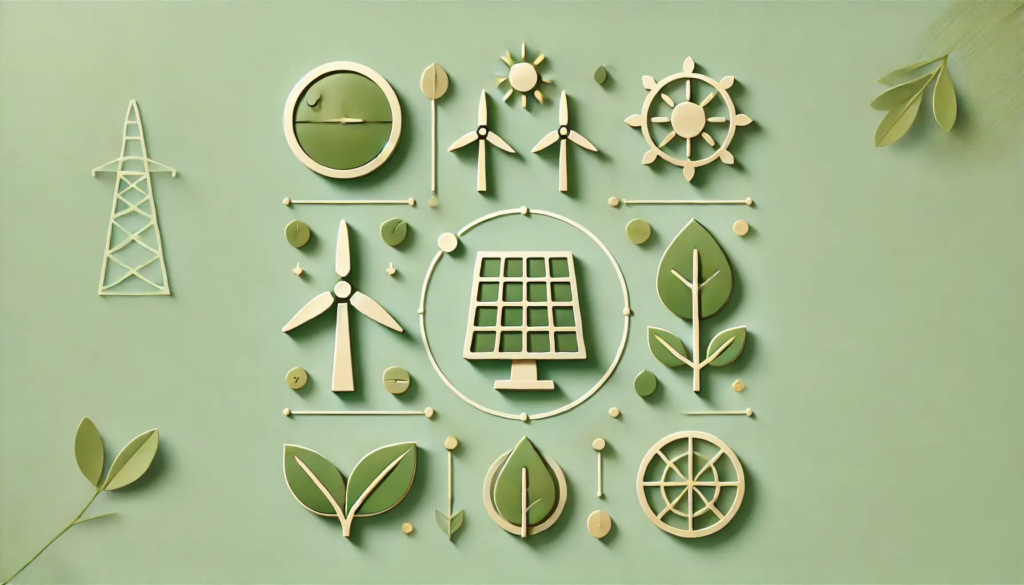
1. Rethink Materials
Sustainable products start with sustainable materials. Businesses are increasingly replacing traditional materials with recycled, biodegradable, or renewable alternatives.
For example, a furniture manufacturer might switch from virgin timber to sustainably sourced wood or reclaimed materials, reducing deforestation while maintaining quality.
Actionable Insight: Audit your material sources and invest in certified eco-friendly options such as FSC-certified wood or bio-based plastics.
2. Design for Circularity
The traditional linear economy of “take, make, dispose” is being replaced by a circular economy that emphasizes reuse and recycling. Products designed for circularity can be disassembled, repaired, or recycled, extending their lifecycle.
A standout example is Patagonia, which offers repair services for its products to reduce waste and encourage longevity.
Actionable Insight: Incorporate modular designs that allow easy disassembly for repairs or recycling.
3. Optimize Manufacturing Processes
Sustainable manufacturing minimizes resource use, energy consumption, and waste. Lean manufacturing techniques, energy-efficient machinery, and renewable energy sources are driving this change.
Companies like Tesla have embraced renewable energy in their production facilities, showcasing how sustainability and innovation go hand in hand.
Actionable Insight: Conduct energy audits and implement energy-saving measures, such as upgrading to more efficient equipment or adopting renewable energy sources.
4. Leverage Technology
Advanced technologies like AI, IoT, and blockchain are enabling more efficient and sustainable production. For instance, AI can optimize supply chain logistics to reduce emissions, while blockchain ensures transparency in sourcing sustainable materials.
Actionable Insight: Use IoT sensors to monitor energy consumption and AI-powered tools to predict maintenance needs, reducing waste and downtime.
5. Collaborate Across the Value Chain
Sustainability is a team effort. By collaborating with suppliers, customers, and industry peers, businesses can share resources, expertise, and ideas for greener solutions.
For example, partnerships between manufacturers and recycling companies are creating closed-loop systems that repurpose waste materials into new products.
Actionable Insight: Build strong relationships with eco-conscious suppliers and participate in industry collaborations focused on sustainability.
Success Stories in Green Product Innovation for Sustainability
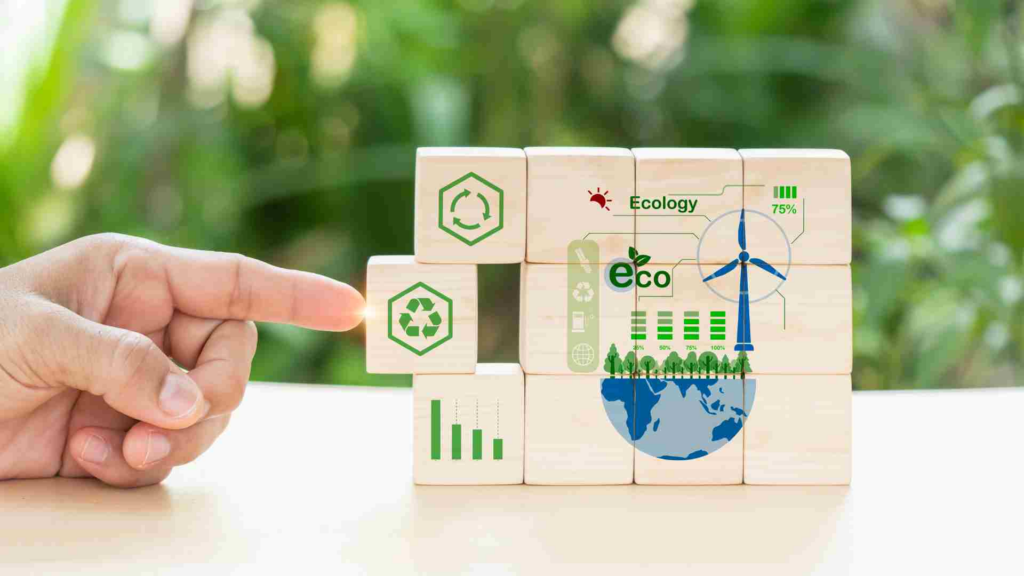
IKEA
IKEA’s “People and Planet Positive” strategy aims to become climate-positive by 2030. The company has committed to using only renewable or recycled materials in its products and packaging.
Adidas
Adidas has developed a fully recyclable sneaker, the Futurecraft Loop, which can be returned to the company and transformed into new shoes, closing the loop on waste.
Unilever
Unilever has introduced a plastic-free shampoo bar under its brand Love Beauty and Planet, reducing packaging waste while appealing to eco-conscious consumers.
The Future of Sustainable Product Development
As innovation and sustainability converge, businesses are finding new ways to balance profitability with environmental responsibility. The future will see even more focus on green technologies, transparent supply chains, and products designed with the planet in mind.
Conclusion
Sustainable innovation in product development is not just about meeting consumer demand—it’s about leading the way to a better future. By rethinking materials, embracing circularity, optimizing processes, and leveraging technology, businesses can create products that are as kind to the planet as they are to their customers.
Mattias Knutsson, with his extensive experience in global procurement and strategic business development, serves as an inspiring example of how businesses can navigate this transformation. His focus on sustainable sourcing and efficient supply chains showcases how innovation and responsibility can go hand in hand.
The journey to sustainability may require effort, but the rewards—both for the planet and the bottom line—are worth it. The time to innovate for sustainability is now.

